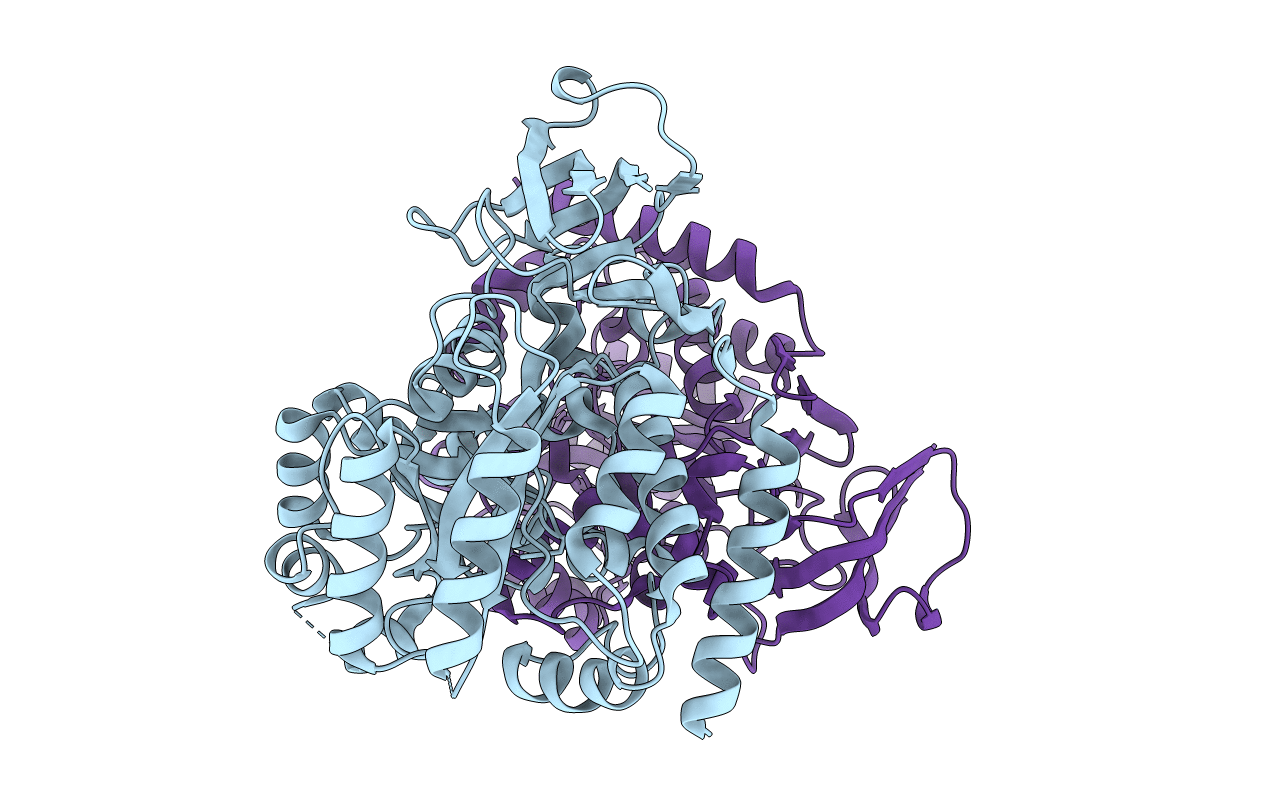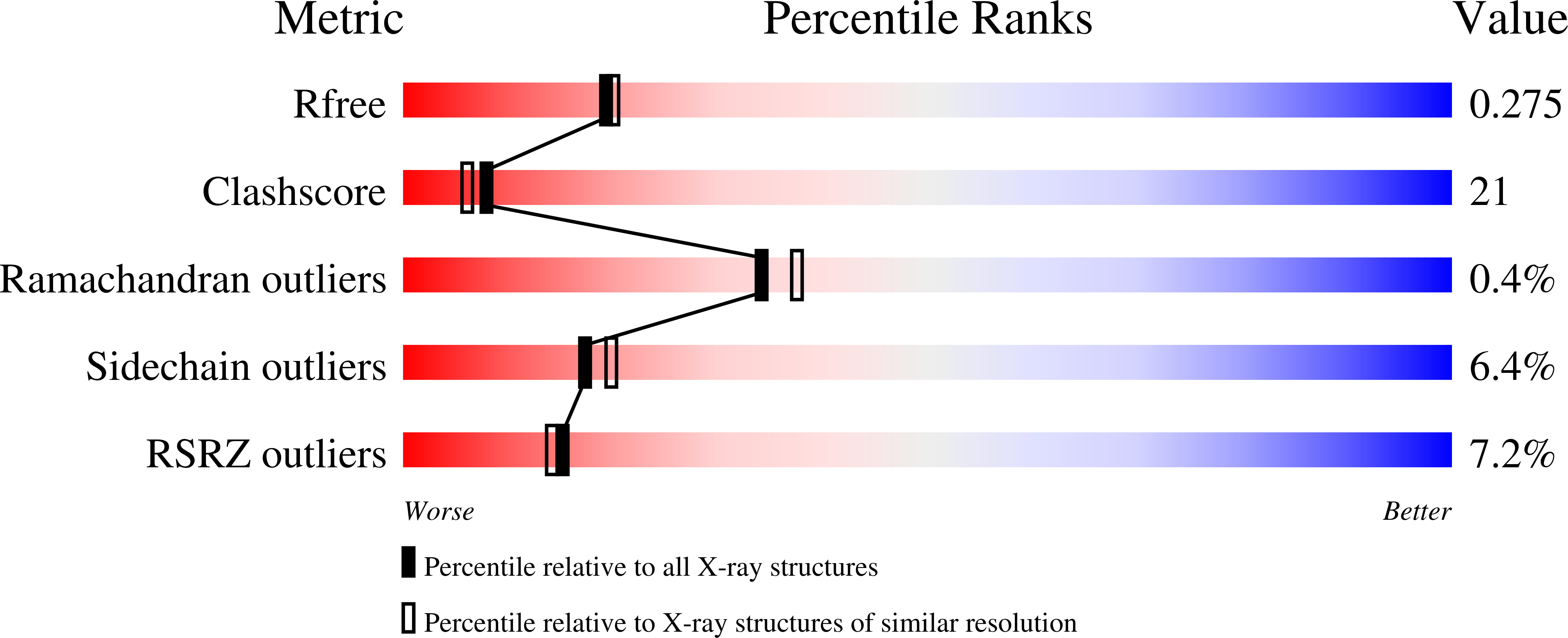
Deposition Date
2009-06-03
Release Date
2009-06-16
Last Version Date
2024-02-21
Entry Detail
PDB ID:
3HPA
Keywords:
Title:
Crystal structure of an amidohydrolase gi:44264246 from an evironmental sample of sargasso sea
Biological Source:
Source Organism:
unidentified (Taxon ID: 32644)
Host Organism:
Method Details:
Experimental Method:
Resolution:
2.20 Å
R-Value Free:
0.27
R-Value Work:
0.23
R-Value Observed:
0.23
Space Group:
P 32 2 1


